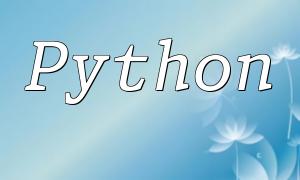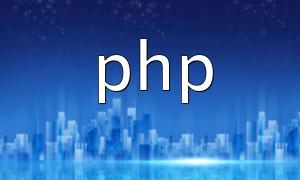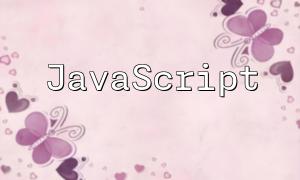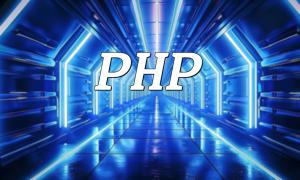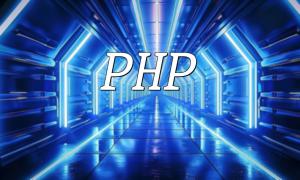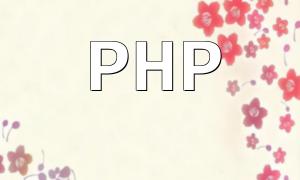In today's digital era, building an efficient and stable PHP environment is crucial. Especially on the Cenos operating system, many developers and enterprises choose this platform to support their applications. This article provides a detailed guide on setting up and configuring PHP in the Cenos environment to meet both development and production needs.
Cenos is a Linux-based operating system widely appreciated for its stability and security. Its optimized performance and enterprise-level support make it an ideal choice for running PHP applications.
Before setting up the PHP environment, ensure that your Cenos system is up-to-date. Additionally, installing some essential tools and libraries is necessary to ensure a smooth PHP installation.
Once the system update is complete, we need to install some basic tools like wget and curl:
Now that we've completed the initial setup, we will focus on installing PHP and its relevant extensions.
First, you need to enable the EPEL (Extra Packages for Enterprise Linux) repository to obtain additional software packages:
Next, you can install PHP and its common extensions using the following command:
If you need to install a specific version of PHP, you can first check the available versions:
Then, select the version you want to install, for example, PHP 7.4:
Once the installation is complete, you will need to make the necessary configurations to ensure that the PHP environment runs properly.
The PHP configuration file is php.ini, located at /etc/php.ini. Open it with a text editor and modify the following critical configuration items:
You can adjust the following options:
memory_limit: Set the memory limit for PHP scripts.
upload_max_filesize: Set the maximum file upload size.
post_max_size: Set the maximum size for POST data.
Use the following commands to start the PHP-FPM service and configure it to start on boot:
Finally, ensure that the PHP environment is working properly. You can do this by creating a PHP test file:
Then, access it via a browser at http://your-server-ip/info.php to view the PHP information page.
Setting up and configuring PHP in the Cenos environment is a relatively straightforward process. With the guidance provided in this article, we hope you will be able to successfully complete this task and set up a solid development environment. Proper configuration will significantly enhance the performance and stability of applications in both development and production environments.

